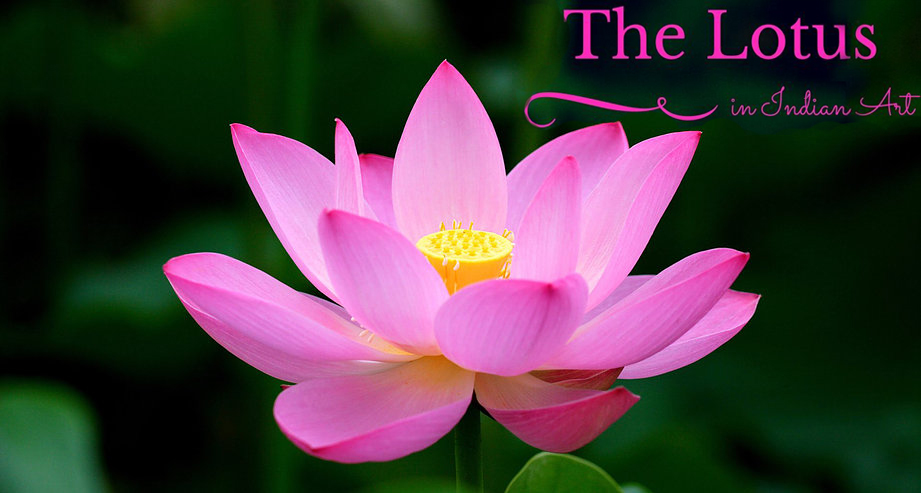In the vast repertoire of Indian ornamental motifs, among the symbols and devices that recur in traditional art and architecture, the lotus occupies pride of place. Unlike western art, in which great emphasis is laid on photographic realism and the naturalistic treatment of human and animal forms, the main concerns in Indian art are profoundly… Continue reading The Lotus in Indian Art
Vaishali – World’s First Republic
Although it is widely believed that the idea of democracy and a constitution were created in democratic Athens, around 506 BCE, India saw the emergence of city republics around 6th BCE where the concept of an elected ruler had taken root. Vaishali, considered to be World’s First Republic and currently an Archaeological site, is situated… Continue reading Vaishali – World’s First Republic
The Indus – The Masters of the River (Documentary)
This documentary, made by NHK (Japan) and Canadian TV, looks at the early Indus Valley civilisation, focusing on one of the lesser known sites at Dholavira, in what is now Gujarat, in western India. A well-done professional introduction to the city of Dholavira and an explanation of the irrigation and aqueduct system, collection of rain water… Continue reading The Indus – The Masters of the River (Documentary)
Kalaripayattu – Mother of all Martial Arts
Martial arts are often attributed to South-east Asian countries, namely China, Japan and Korea. However few people know that the idea of martial arts originated in a least expected part of the world. The region is none another than the Indian sub-continent. Kalaripayattu Kalaripayattu is the ancient martial art of South India based on the science of… Continue reading Kalaripayattu – Mother of all Martial Arts
15th-century Neemrana Fort Palace
The Fort Palace of Neemrana is about 125 km from Delhi, on the road to Jaipur in Rajasthan. Built in 1464, Neemrana Fort Palace became the third capital of the descendants of Prithviraj Chauhan III, who had fled Delhi in 1192 after he was vanquished in battle by Muhammad Ghori. Neemrana’s rulers, proud of lineage,… Continue reading 15th-century Neemrana Fort Palace
Contributions of Sikhs as Soldiers and Warriors
Sikhs by nature are respectful, courageous, hardworking, and enterprising. Look into their short span of history and you will find their pitcher is full of sacrifices and hard work which has contributed so much towards the building of the Indian nation. If not for them, the course of Indian History would have been very different.… Continue reading Contributions of Sikhs as Soldiers and Warriors
My Son Sanctuary – Shiva temple in Central Vietnam
Between the 4th and 13th centuries a unique culture which owed its spiritual origins to Indian Hinduism developed on the coast of contemporary Vietnam. This is graphically illustrated by the remains of a series of impressive tower-temples located in a dramatic site that was the religious and political capital of the Champa Kingdom for most… Continue reading My Son Sanctuary – Shiva temple in Central Vietnam
Marvels of Solanki Rajputs
Solanki Dynasty was established by Mulraj that ruled the western and central India during the 10th century to the 13th century AD. This was the last Hindu dynasty. Mulraj Solanki’s reign marked the start of the most glorious period in the history of Gujarat during which Gujarati culture flowered as manifested in art, architecture, language and… Continue reading Marvels of Solanki Rajputs
Indian Origins of Zoroastrians or Parsees
Indians (Indus valley residents) and Iranians (Mesopotamians) shared a common religious past, which led historians to sometimes even term the common ancestral religion as Proto-Indo-Iranian religion. Have we ever understood the implications of this common religious past of the two communities on the historical studies of the two regions? Zoroastrianism was the most prominent religion… Continue reading Indian Origins of Zoroastrians or Parsees
Hydrology in Ancient India
Natural entities and forces, such as Sun, Earth, Rivers, Ocean, Wind, Water, etc. have been worshipped in India as Gods since time immemorial. Perhaps it is not a sheer coincidence that the King of these Gods is Indra, the God of Rain. Clearly, ancient Indians were aware of the importance of rain and other hydrologic… Continue reading Hydrology in Ancient India

